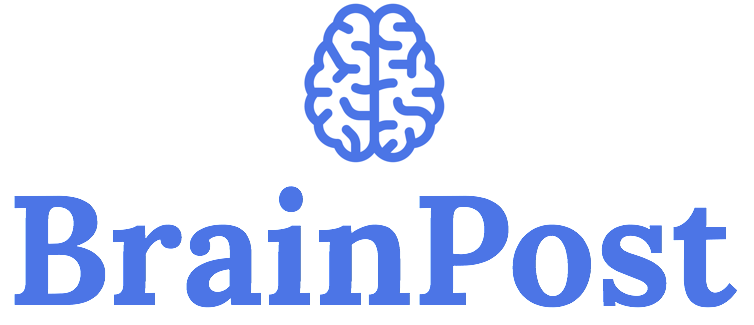Predicting the Risk of Childhood Mental Illness with AI
Post by Laura Maile
The takeaway
Adolescent mental illness is an increasingly serious problem in the US and globally. Early risk assessment and intervention are key to the successful treatment of mental health disorders. Artificial intelligence can be trained to accurately predict the risk of future psychiatric illness in children using patient and parent questionnaires of current symptoms.
What's the science?
Rates of mental illness in adolescents have risen in recent years, presenting an incredible challenge to patients and their mental health providers. Identifying those children with the highest risk for developing psychiatric illness is essential to early intervention and effective mental health treatment. Due to the many complex factors contributing to mental illness and the diversity of psychiatric disorders present in the adolescent population, predicting the risk of disease in individual children remains a challenge. This week in Nature Medicine, Hill and colleagues developed a method to predict the risk of future psychiatric disease by training a neural network model using data from 11,000 children.
How did they do it?
The authors utilized data from the Adolescent Brain and Cognitive Development (ABCD) study, which included 11,416 participants aged 8-15 years old. In the ABCD study, patient assessments were conducted multiple times a year and included interviews with patients and their parents, fMRI scans, symptom screenings, and questionnaires. Data collected in multiple patient assessments across five years was used to train an artificial intelligence (AI) neural network model, which produced two general approaches to future disease prediction. One approach used assessments of symptoms like the Child Behavior Checklist (CBCL) to predict future disease, while the other focused on potential disease mechanisms, which relied on questionnaires about factors such as adverse childhood events, family history, sleep disturbances, and socioeconomic status. A p-factor was calculated, which represents the general psychopathology score for each individual. The authors set out to determine whether their model could accurately predict future p-factor based on current patient measurements. They also aimed to predict which children were likely to move to a higher-risk group and which factors had the biggest influence on prediction accuracy
What did they find?
The authors found that their neural network model could accurately predict mental illness one year following the initial assessment. It also accurately predicted a shift into the high-risk category after one year for 11% of participants. The model performed similarly well across demographic groups, indicating the broad application of this predictive model. While both symptom-based and mechanism-based approaches performed well as prediction models, the symptom approach was slightly better. Within the mechanism approach, sleep disturbance was the best predictor of future psychiatric illness. Up to a certain point, increased sleep disturbance was correlated with a higher risk of mental illness. This result indicates that moderate sleep disturbance is a positive predictor of psychiatric disease. Parent questionnaires had a stronger influence on positive prediction than patient questionnaires. This highlights the importance of parent perspectives in determining the risk of future mental illness.
What's the impact?
This study created an AI model to accurately predict the risk of future mental illness in adolescents across a broad range of mental health conditions. The success of symptom and disease mechanism analysis as predictors of future mental illness highlights the benefits of incorporating such inexpensive analyses into the clinical setting for individual patients. Strong predictors of future mental illness like sleep disturbance provide an opportunity for successful intervention, with some studies showing that targeted intervention can improve both sleep disturbance and psychiatric symptoms. This model could lead to improved preemptive screening and earlier intervention for children at risk of future mental illness.


